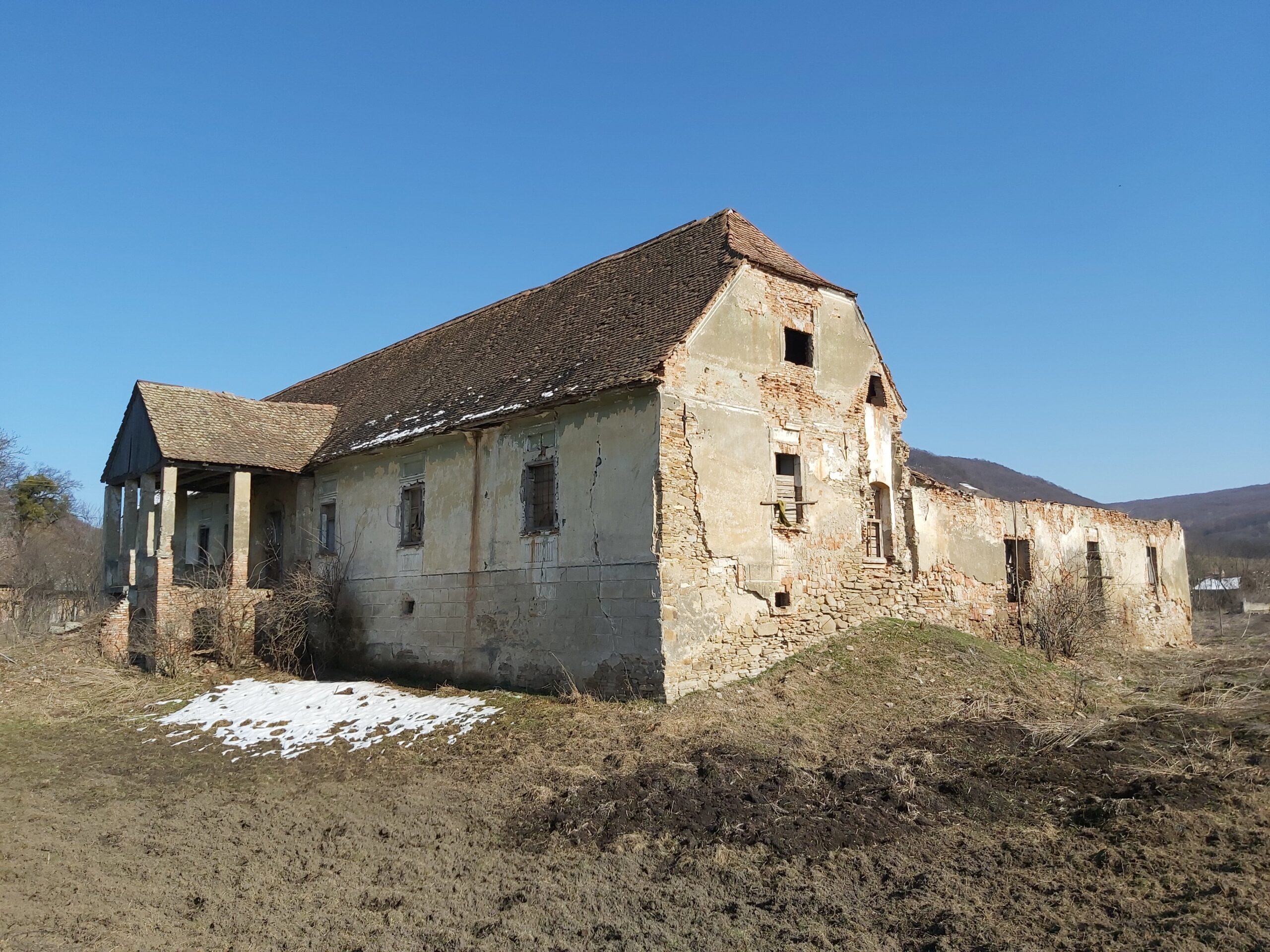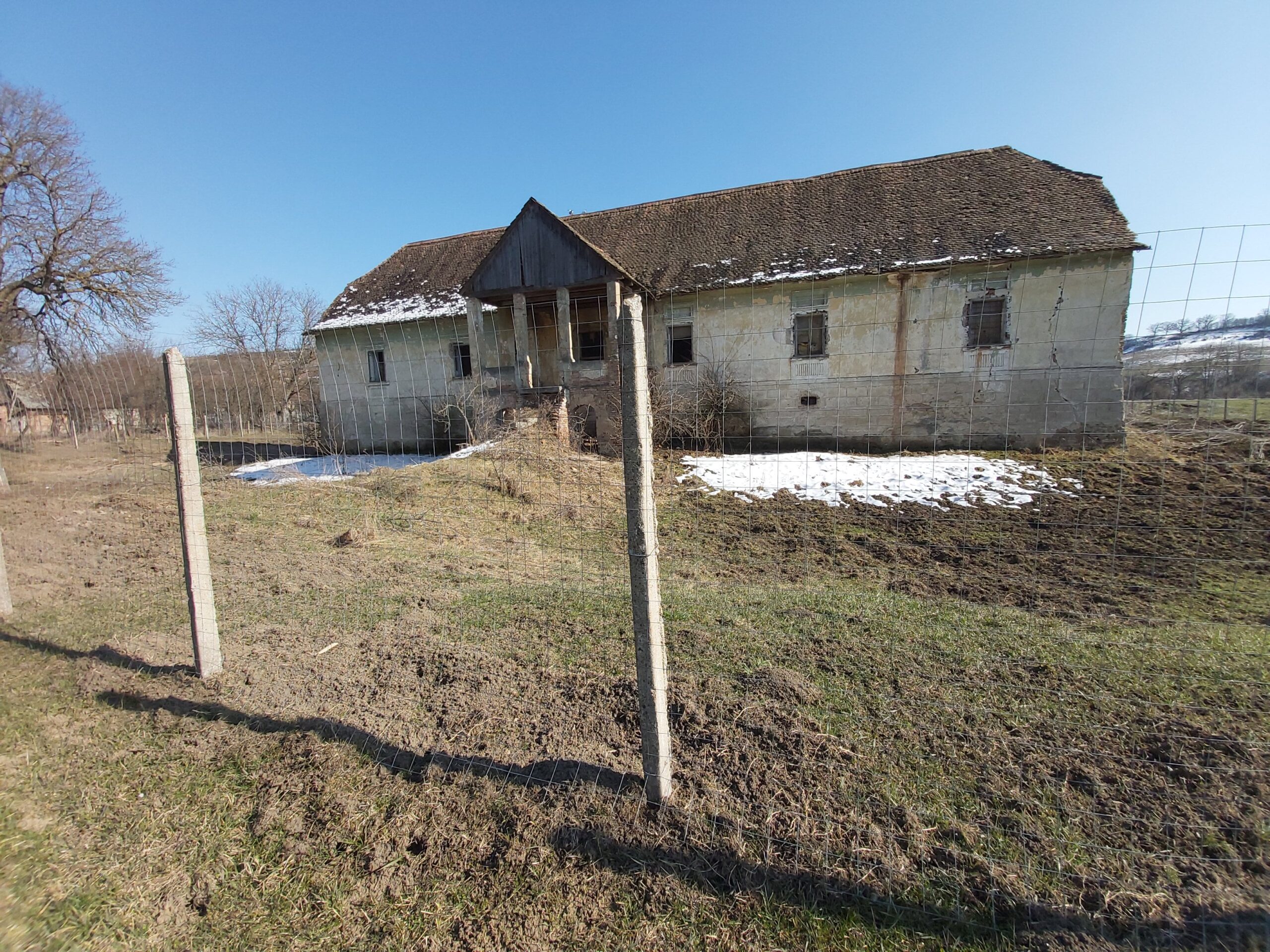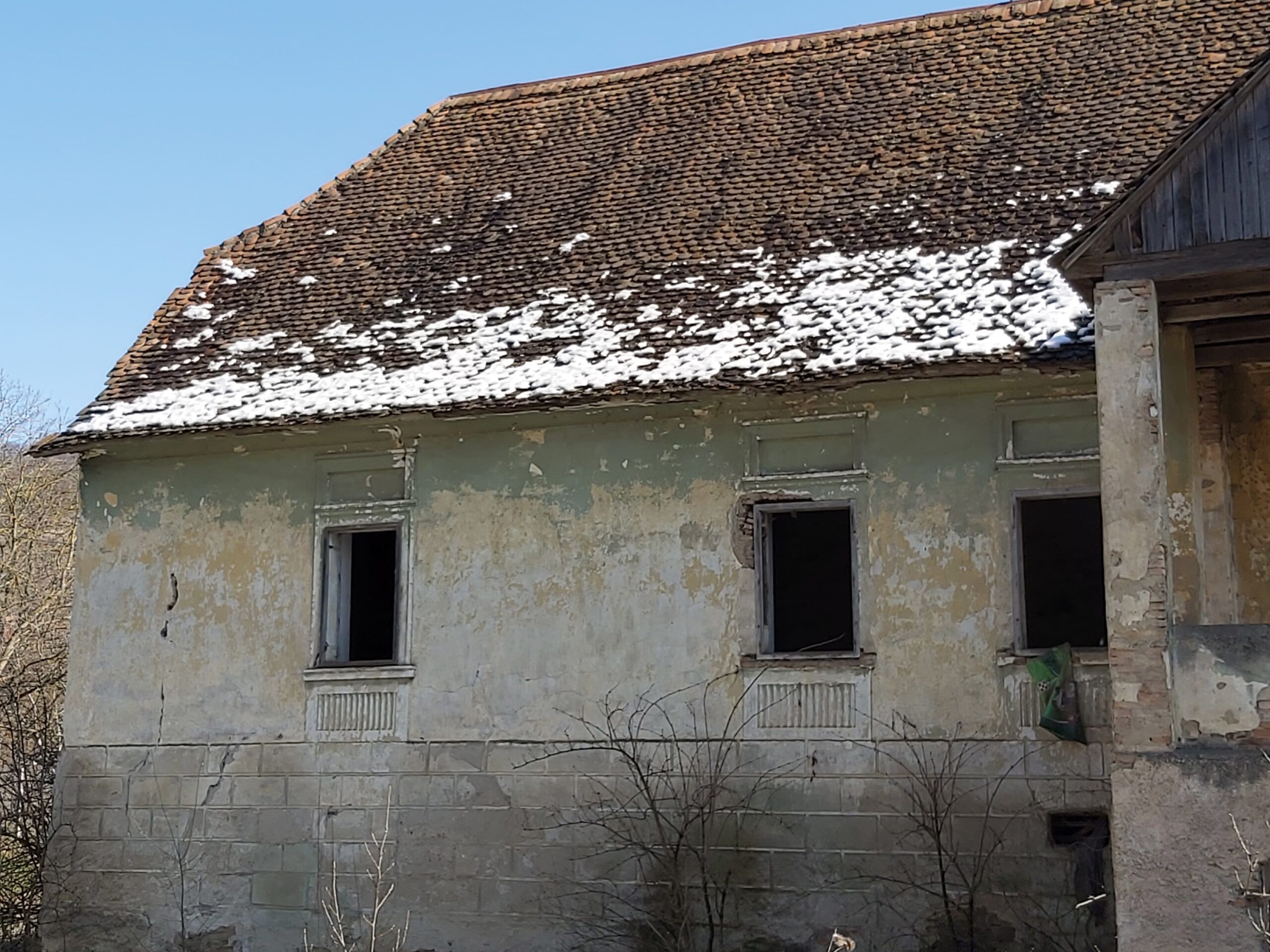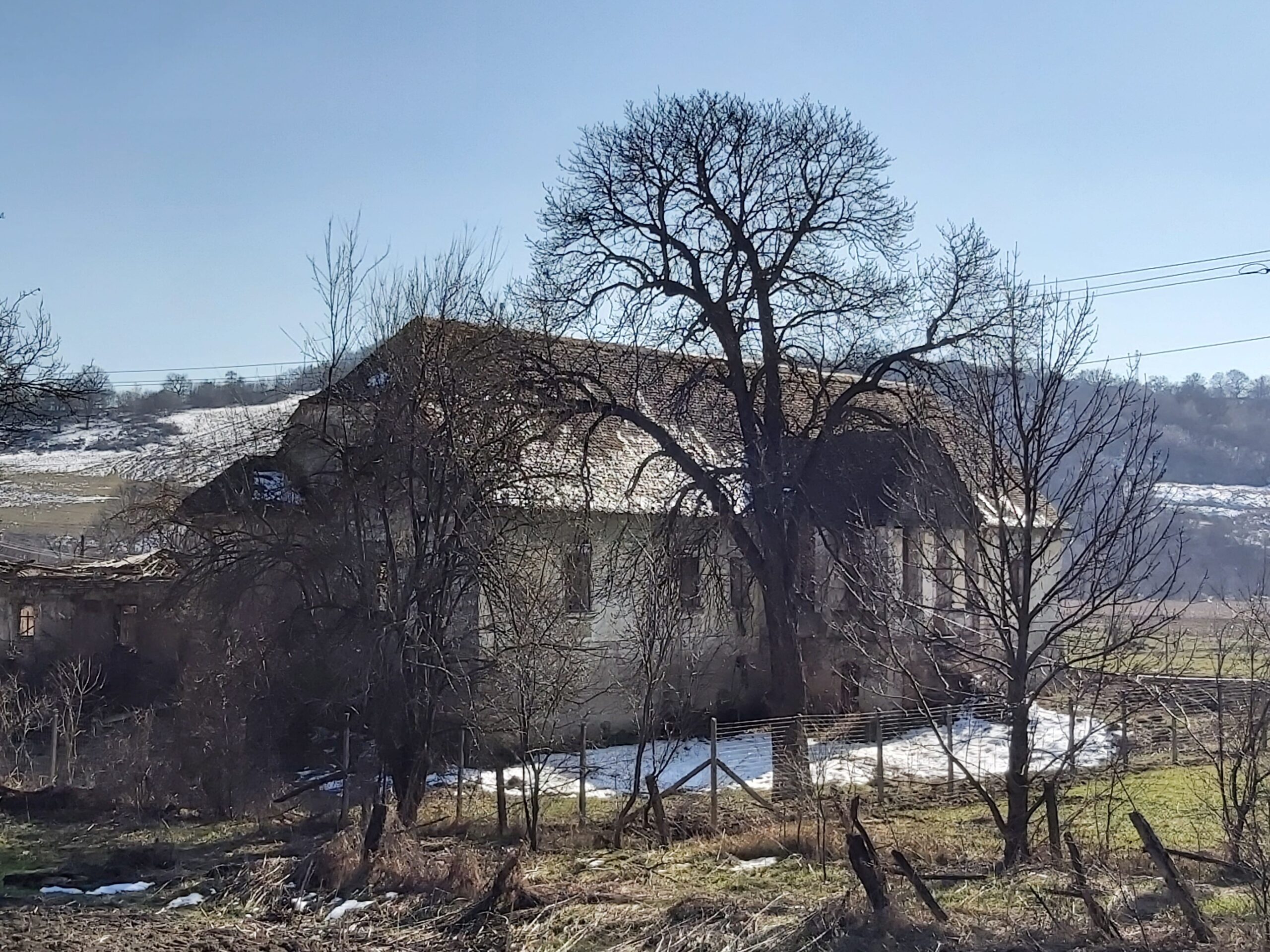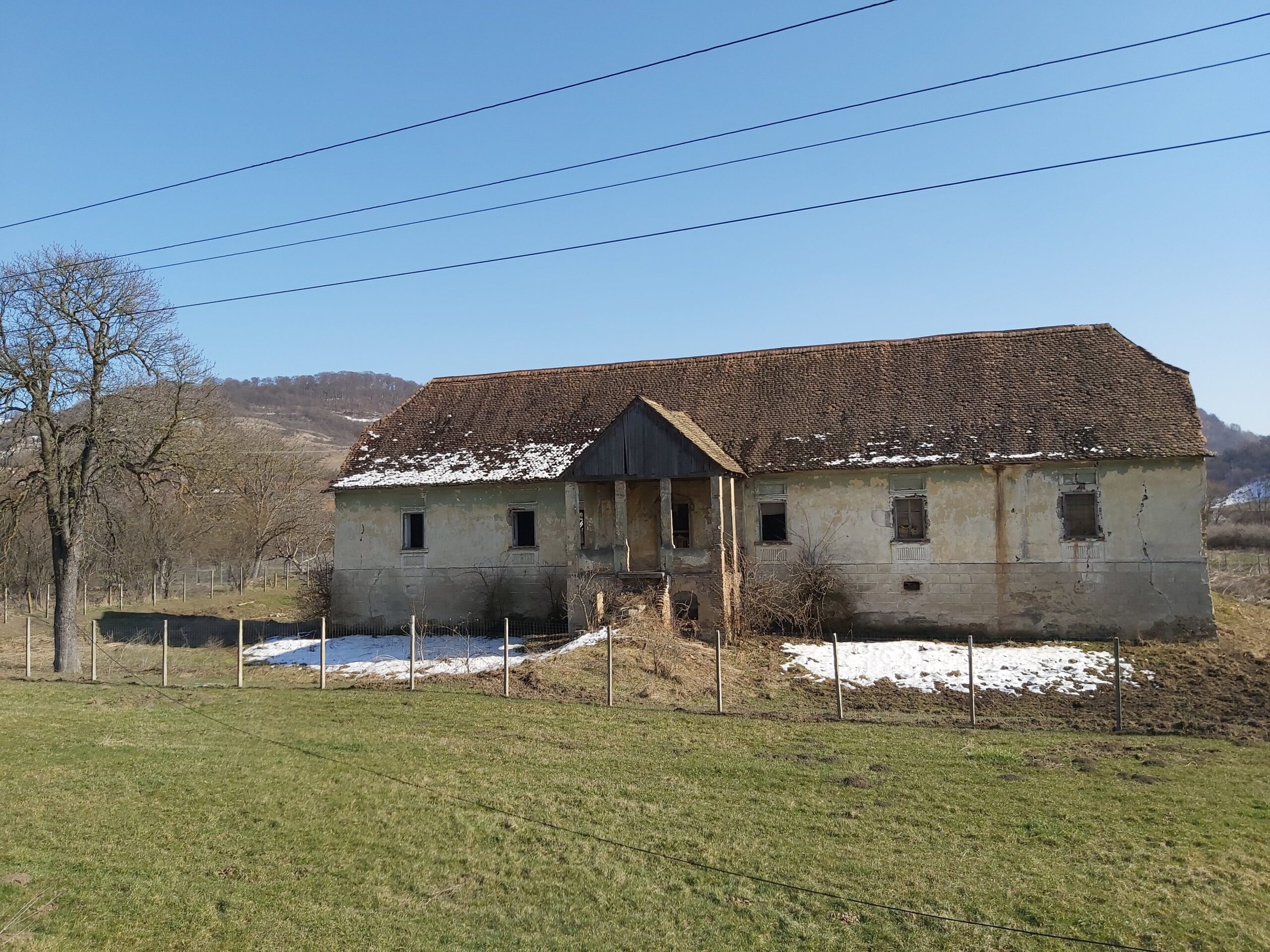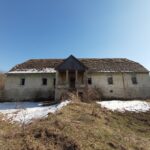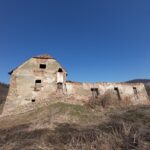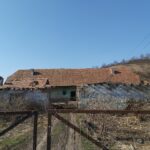Mihai Viteazu - Zoltan (Zoltán, Zoltendorf) – Mureș County
On the national road between Sighișoara and Rupea, at the border between Mureș and Brașov counties, an unusual name for the area appears on the sign at the village entrance: Mihai Viteazu. A Romanian „enclave” with fewer than 350 souls in the heart of the Saxon land, yet one that preserves the fragile heritage of one of the most respected Hungarian noble families in the history of Transylvania: the Haller Castle.
The castle in Mihai Viteazu, the summer residence of the Haller family
Located on the right-hand side as you enter the village from Sighișoara, the Haller Castle in Mihai Viteazu, Saschiz commune, instantly catches your eye. Not for its size or beauty, but for the peculiar situation of the building, constructed around the mid-16th century. Not many precise historical records remain about the former Haller family castle, but legends about the estate, which extended over more than 3 hectares, are still alive among the locals. It is certain that this Baroque-styled manor, which the villagers insist on promoting as a „castle,” was used as a summer residence by the Haller family, captivated by the peace of the area.
With a history dating back to 1341, the locality bore the name Zoltan for six centuries. Even today, the villagers claim they are from Zoltan, although their documents have listed Mihai Viteazu for more than nine decades already. It seems that after negotiations with the Saxons in Rupea, Charles I of Hungary gave the domain to one of his commanders, Zoltán, with the settlement built here preserving his memory. Officially, the name remained until 1932, when the Orthodox priest Eugen Bologa, who served the village for more than half a century, requested the name change to Mihai Viteazu. His argument was that the voivode passed through the village with his army in 1600. Quite the connection!
The Haller family and the Romanians of Zoltan, a story of respect and appreciation
The history of the village took a bittersweet turn in the second half of the 16th century when the villagers were wiped out by the plague. The abandoned village was repopulated with Romanian serfs by the Haller family, who later maintained a long-lasting cordial relationship with them. The current Orthodox church was built on land gifted by the Haller family (1835), and their estate was spared during the revolutionary movements of 1848-49 thanks to the intervention of the villagers. The last descendant of the family, Countess Rozália Haller, is remembered with respect and esteem by the elderly, though her grave has been lost among the weeds of the village’s cemetery.
An even worse fate befell the graves in the former garden of the Haller estate, which were destroyed immediately after nationalization. The communists also destroyed the park and the orchard of the estate. The castle became the headquarters of the Agricultural Cooperative for Production (CAP), and the interior was devastated. After 1989, the manor ended up in the possession of the former CAP president, who used it for many years as a fodder storage until he tried to renovate it to his liking, only to be scolded by historical monument inspectors. It later passed into the hands of a mysterious Irishman, who did absolutely nothing with the building which was not claimed by the Haller family’s heirs, and today the castle serves as a barn. The hall where grand balls were once held has become the dance floor for sheep, goats, and pigs.
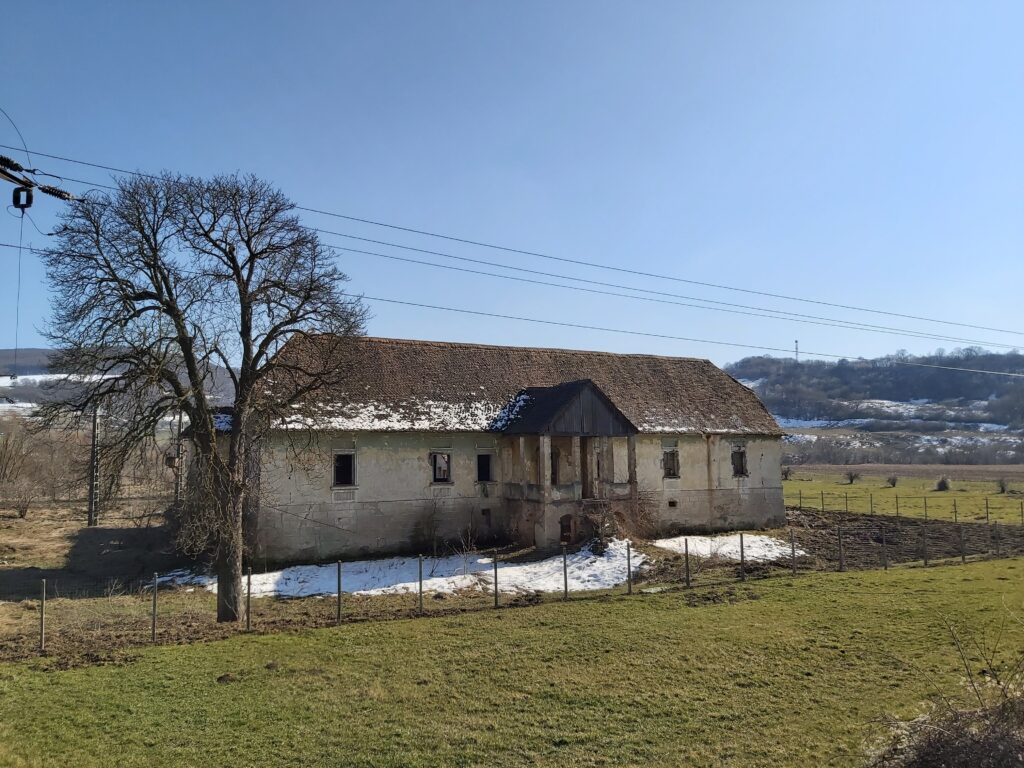
In 2018 and 2019, the Haller Castle in Mihai Viteazu was put up for auction at the price of a studio apartment, with a starting price of only 50.000 euros. However, no one rushed to buy the building with an area of over 530 square meters. Ruined, but still salvageable. Thus, only pale dreams remain of realizing a rustic inn for the thousands of tourists who pass through this beautiful area of Transylvania…

